Volkswagen ID.Polo Review 2025
Volkswagen ID.Polo At A Glance
Every now and again car manufacturers tantalise potential customers with near-production concepts, previewing designs that you’ll be able to buy a relatively short time later. Such is VW’s statement of intent for its forthcoming compact electric hatchback that it’s unveiled a pair of show-stoppers to indicate what to expect when the Volkswagen ID.Polo goes on sale.
At this stage many of the production version’s details are still to be confirmed, with its name only being rubber-stamped in September 2025. Until then expectations were that it would be called VW ID.2 like the concept car in the photos. Switching to ID.Polo is an indication that the company wants to continue the marketable heritage of its long-standing model names. Expect the replacement for today’s Volkswagen ID.3 to be called VW ID.Golf.
The red car in the photos above — which previews a sportier take on this electric newbie — ditched the ‘2’ anyway, being simply badged ID.GTI. In production guise it becomes the Volkswagen ID.Polo GTI, logically enough.
What’s far more certain is that by the time the Volkswagen ID.Polo — goes on sale, it will face a talented array of competitors, not least in the retro-inspired shape of the Renault 5 E-Tech and its reskinned alter ego, the latest Nissan Micra.
Some potential customers could be swayed by the less-expensive and smaller Fiat Grande Panda Electric but elsewhere among the Stellantis brands both the Peugeot E-208 and Vauxhall Corsa Electric will be closer in size to the ID.Polo. They’ll also be nearing the end of their production runs which could mean some bargains are to be had when it comes to shifting old stock.
Alternatives to the VW ID.Polo GTI? Recently revealed was the Peugeot E-208 GTi, which could mean a Vauxhall Corsa Electric GSe is in the pipeline, while already on sale is the Alpine A290.
As a product of the Volkswagen Group, the ID.Polo’s underpinnings will also be used on other models wearing different brand names. Expected to be called Cupra Raval, the sporty Spanish brand’s version will likely be a more rakish hatchback than the VW-badged version, while the Skoda Epiq will be a small SUV. It will also have a close cousin in the guise of the Volkswagen ID.Cross. All versions will be built alongside each other at SEAT’s Barcelona factory.
Different from the VW’s other electric models, which have their motors at the back powering the rear wheels — additionally propelling the fronts when a second motor’s installed in the nose of four-wheel drive derivatives — the ID.Polo uses a fresh platform known as MEB Entry. In this instance, the motor’s housed under the bonnet and exclusively drives the front wheels, with the high-voltage battery pack nestled under the floor.
This arrangement allows for an especially capacious interior for a car with such a modest footprint. Note that while the ID.2all concept car is just 4050mm long and 1812mm high, VW quotes astonishing boot capacities of 490 litres with the rear bench in use and 1330 litres when they’re folded over. There’s also a 50-litre storage area below the rear seat, useful for charging cables, plus the front passenger seat can be folded forwards to create a 2200mm-long load-carrying potential.
Unlike VW’s existing EV range, including the well-regarded Volkswagen ID.7, which has soft styling themes, the ID.Polo looks more substantial, aided by more sharply defined details. That it bears more than a passing similarity to the extremely popular Mk7 VW Golf is far more than a coincidence.
There’s also a welcome change portended by the ID.2all’s dashboard — yes, it’s a simple design dominated by two screens but notice just below the multimedia touchscreen in the centre are physical adjusters for some of the climate control functions. May they soon sweep across the rest of the VW range.
Battery sizes of 38kWh and 56kWh are expected to be available for the Volkswagen ID.Polo. The latter’s fitted to the ID.2all concept giving a theoretical WLTP Combined cycle driving range of 279 miles. Using an unspecified level of power from a DC rapid charger, a 10-80% battery replenishment is said to take around 20 minutes.
At least three levels of performance are likely to be available for the VW ID.Polo, with the middle of those likely to be the 226PS motor fitted to the ID.2all concept. We’ll assume the ID.Polo GTI has even more grunt — around 300PS is our guesstimate — although VW’s yet to indicate a power figure for it.
The production versions of the Volkswagen ID.Polo and ID.Polo GTI will be revealed in September 2025's IAA Mobility show in Munich, with customer deliveries set for early 2026.
Pricing’s yet to be confirmed although we expect the least expensive versions of the ID.Polo to start at around £21,500 rising to around £35,000 for the Volkswagen ID.Polo GTI.
Keep this page bookmarked for further news and information about this important new model as well as our comprehensive full Volkswagen ID.Polo review in the months ahead.


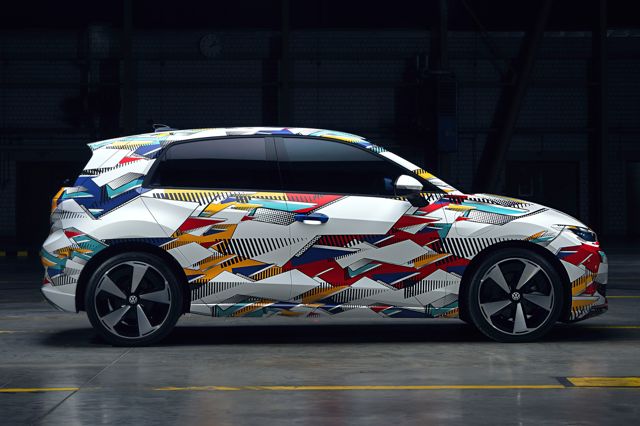
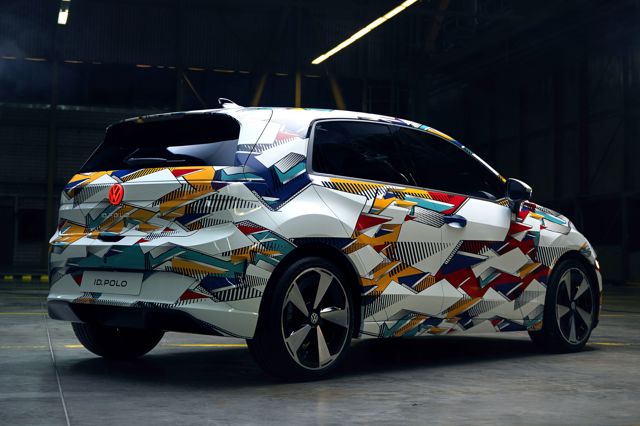
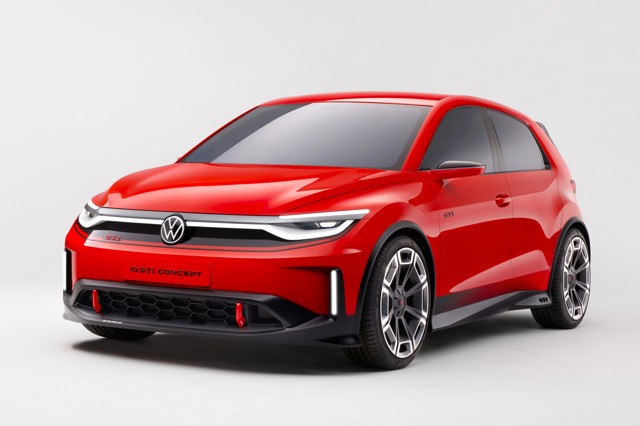
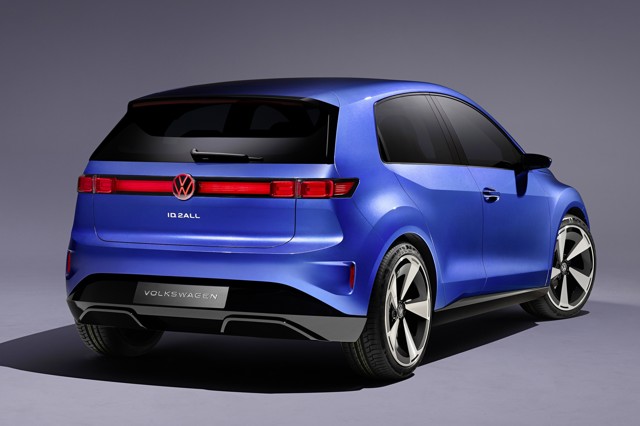
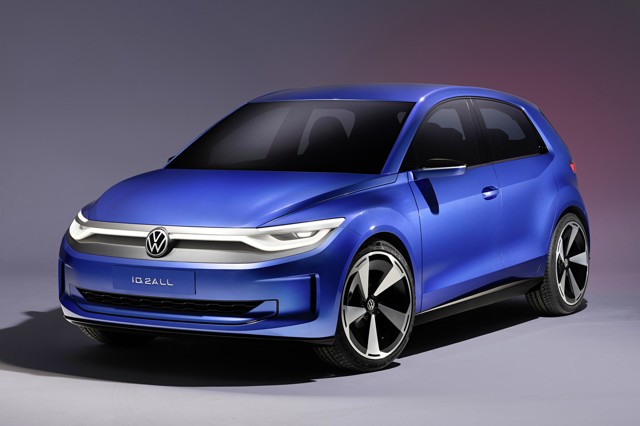
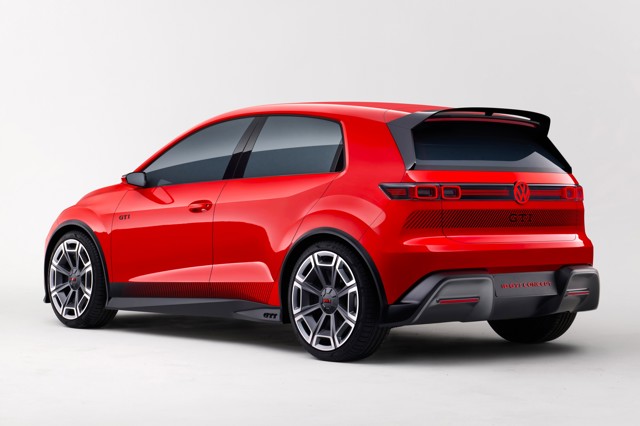

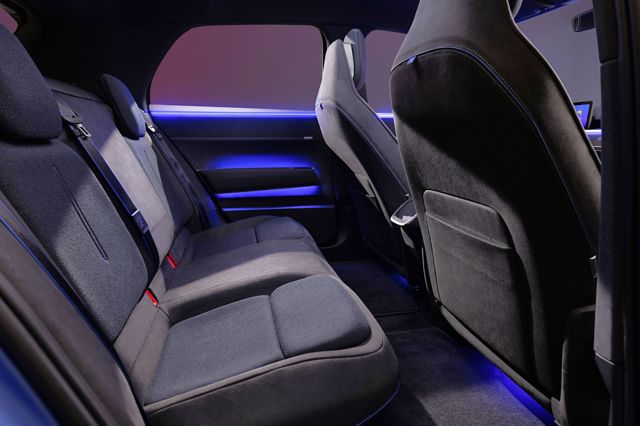
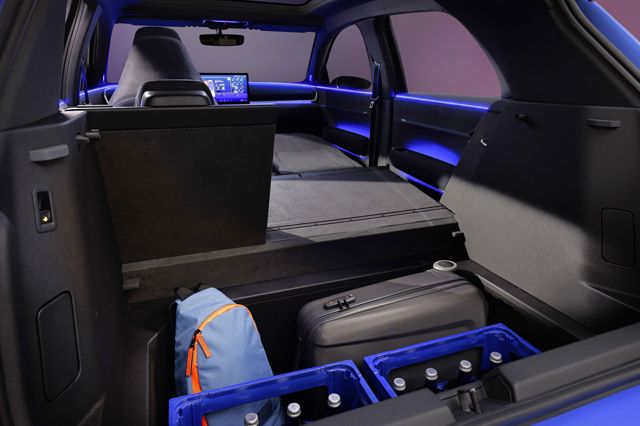

 Prices set to be similar to today’s petrol Polo. Promises to have an exceptionally roomy interior. Physical air-con controls are back!
Prices set to be similar to today’s petrol Polo. Promises to have an exceptionally roomy interior. Physical air-con controls are back!
 It feels like we’ve been waiting forever already. Many technical details still to be confirmed.
It feels like we’ve been waiting forever already. Many technical details still to be confirmed.





